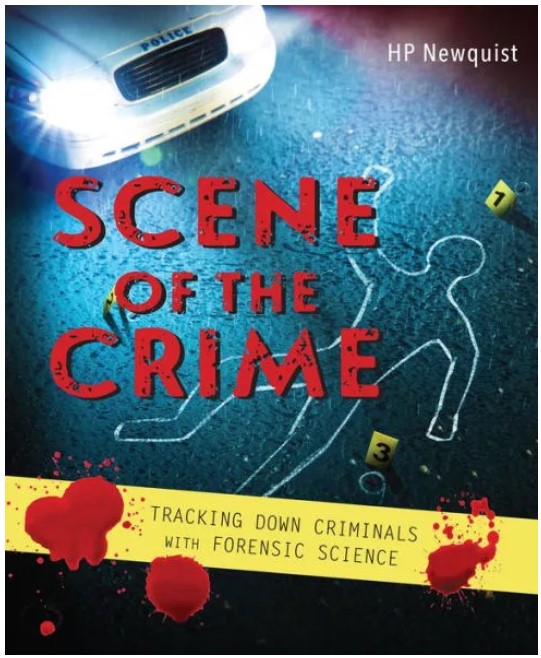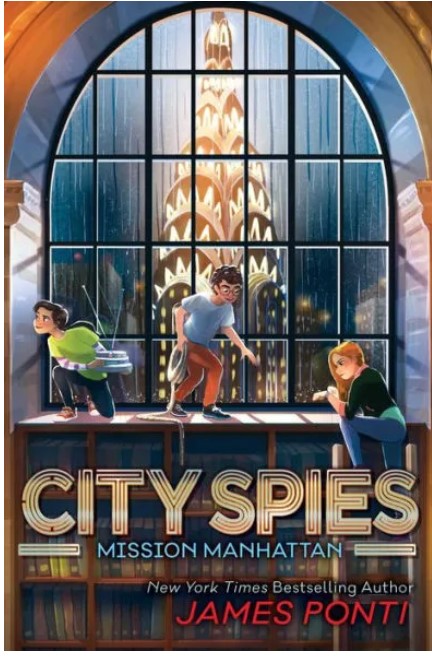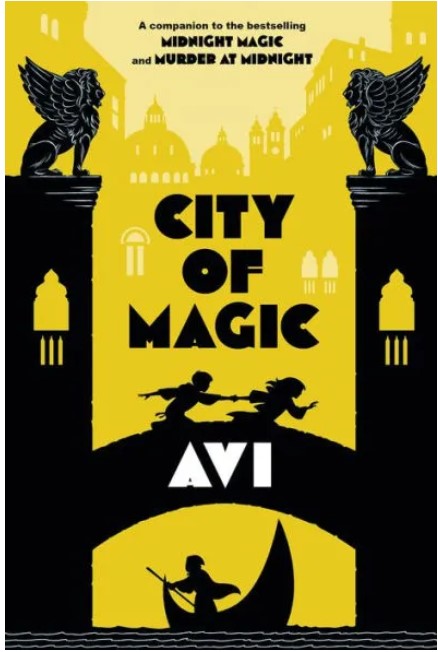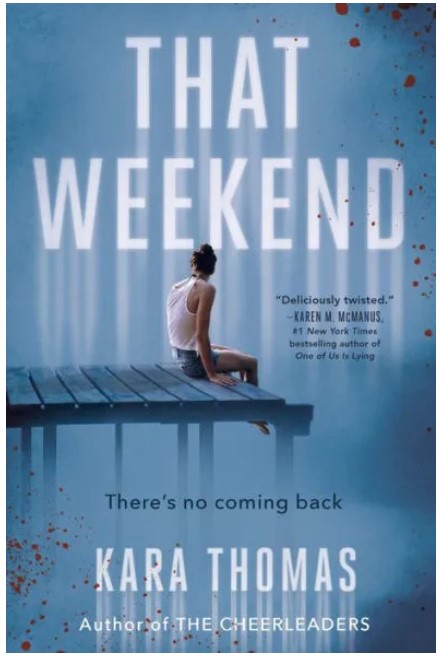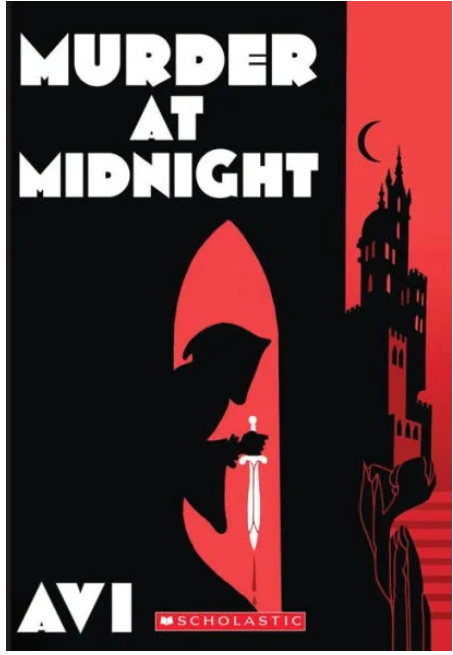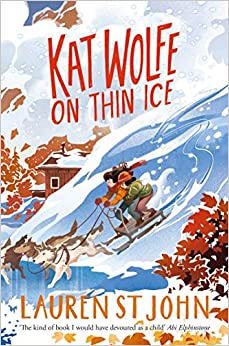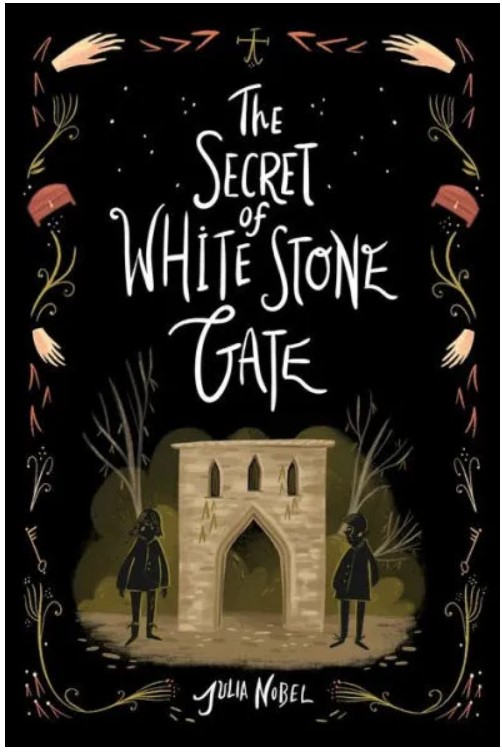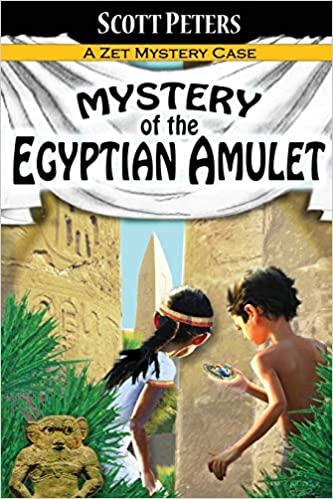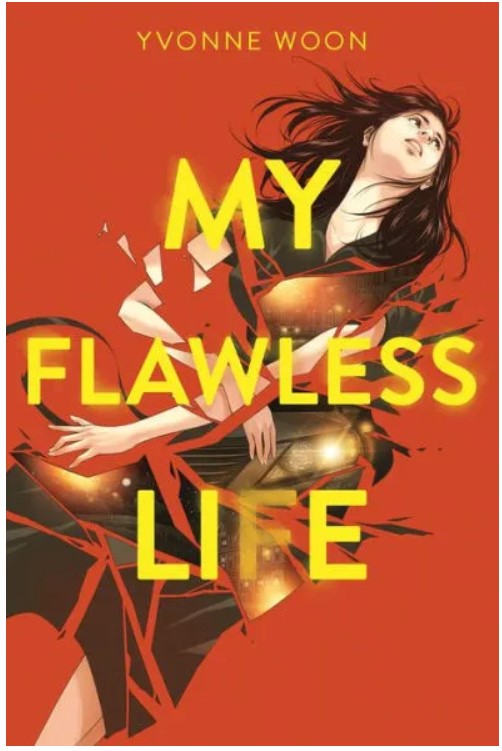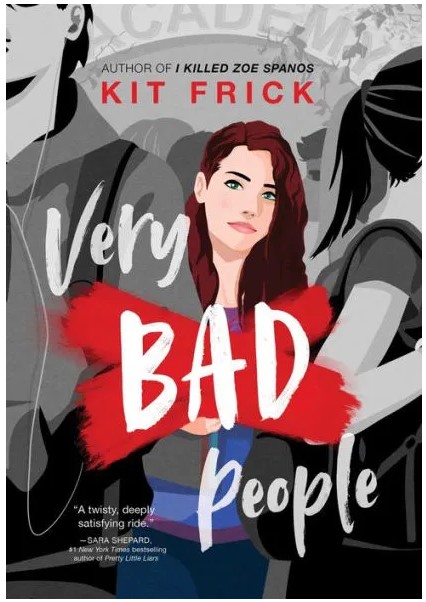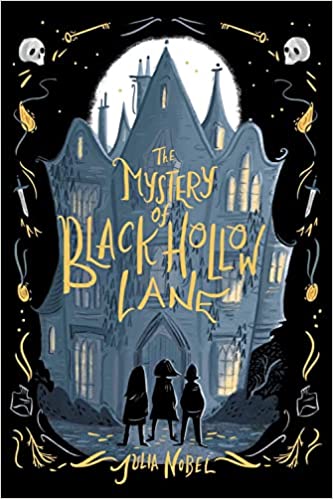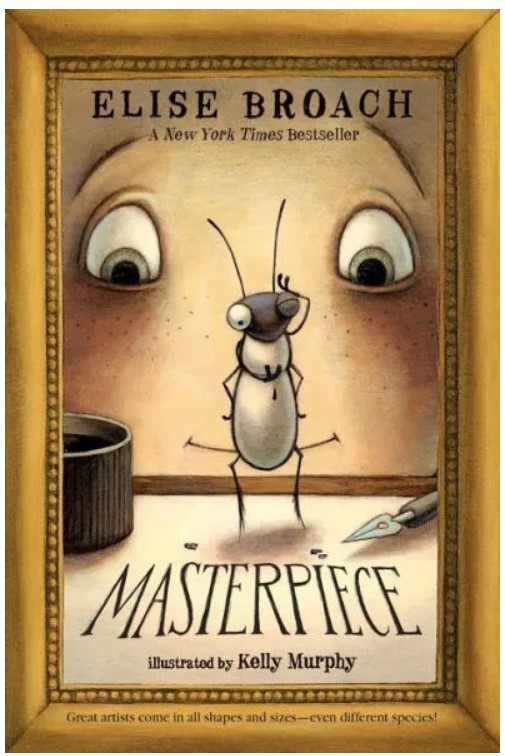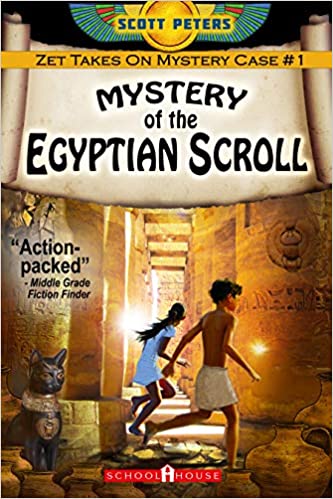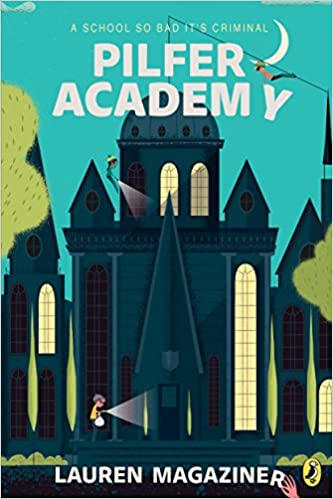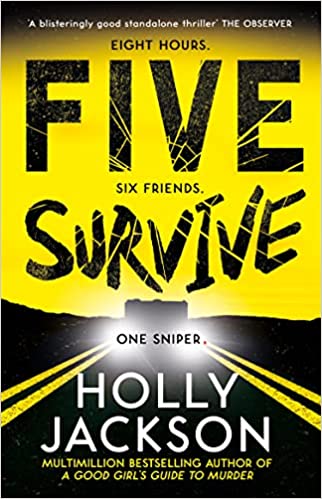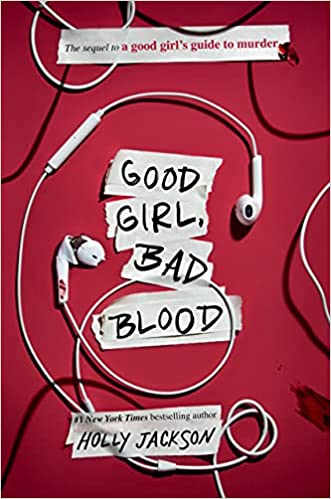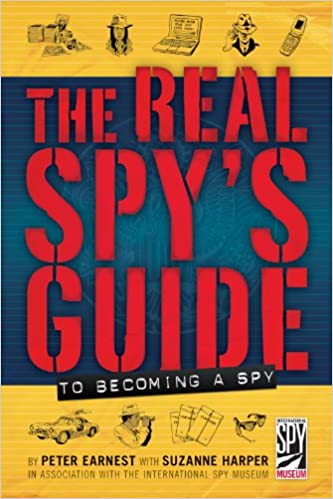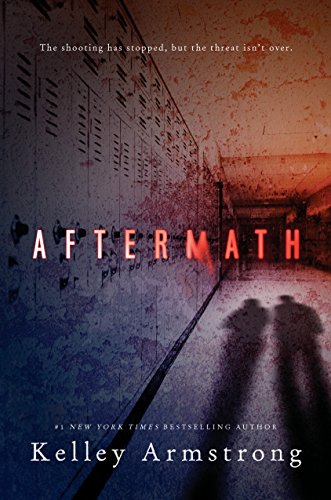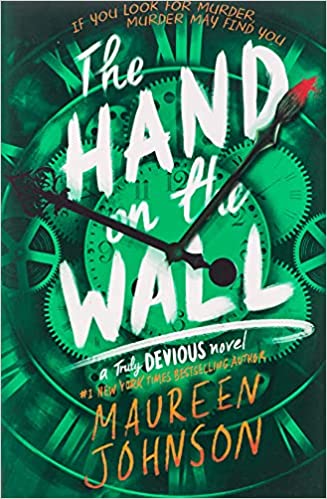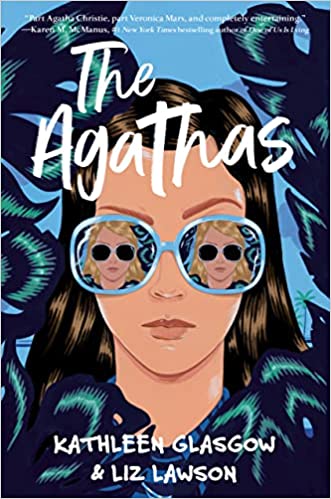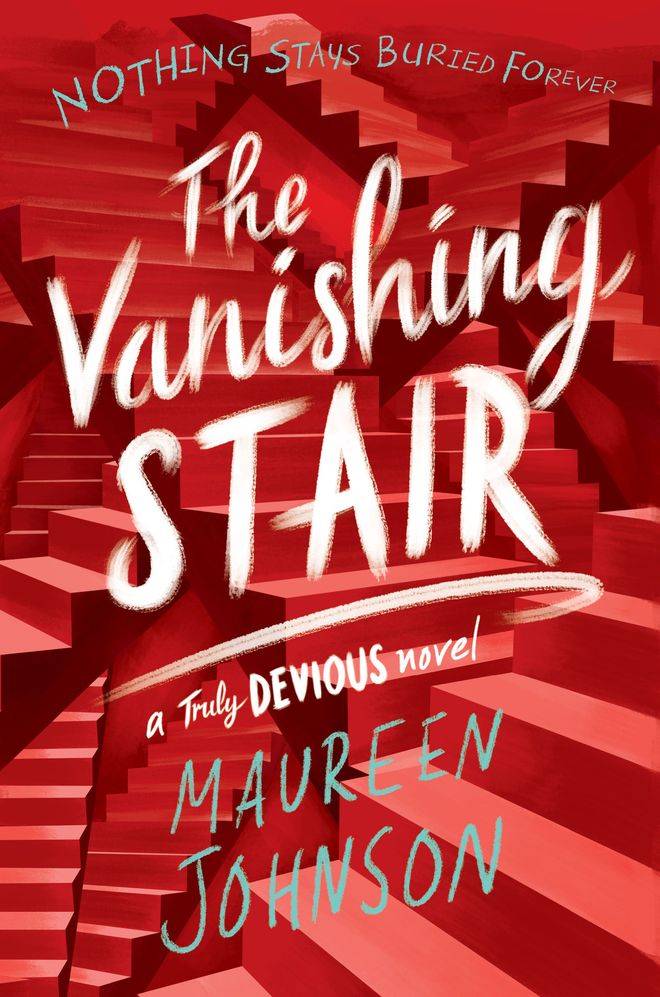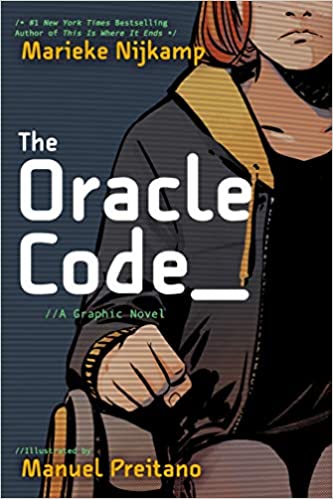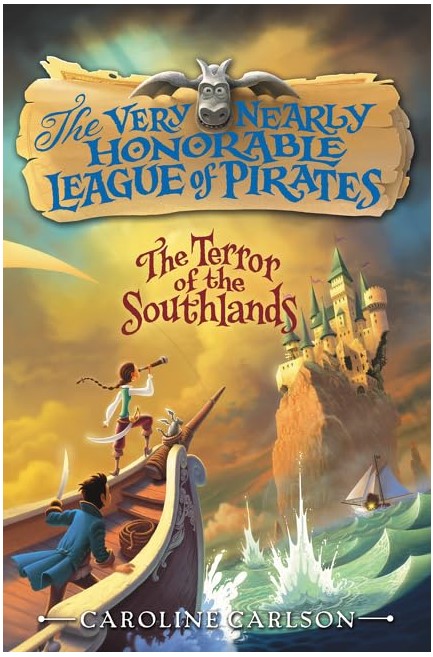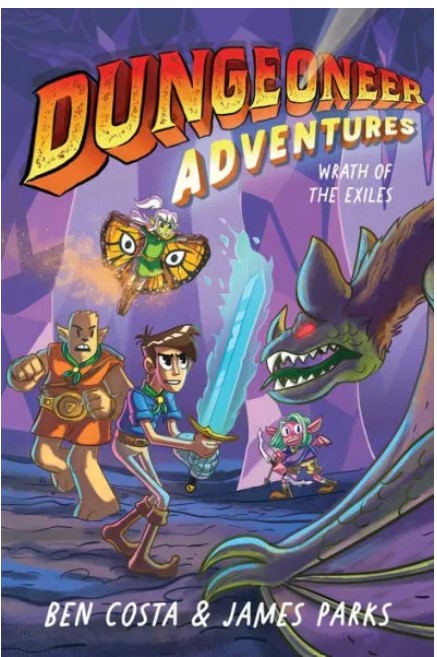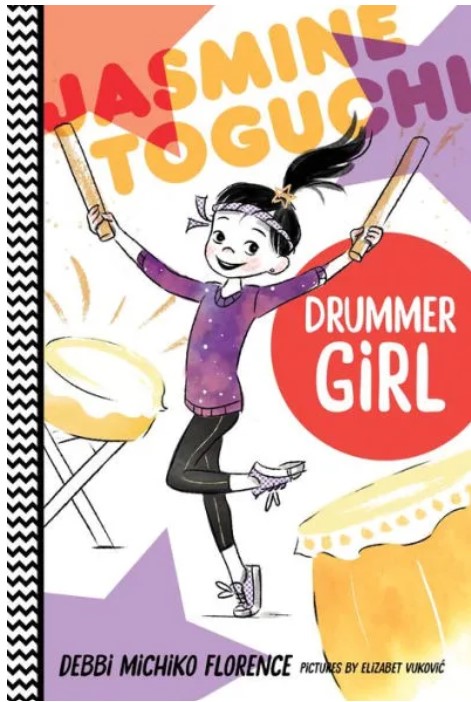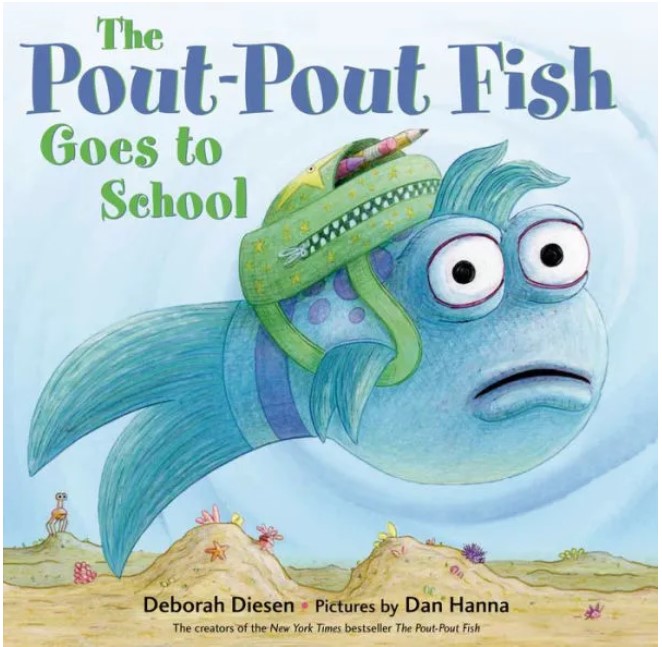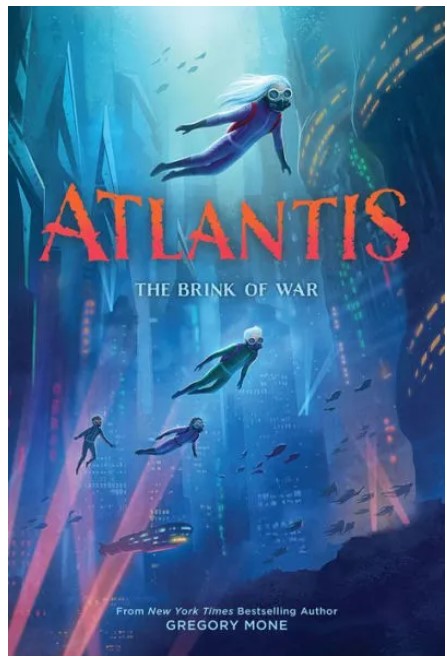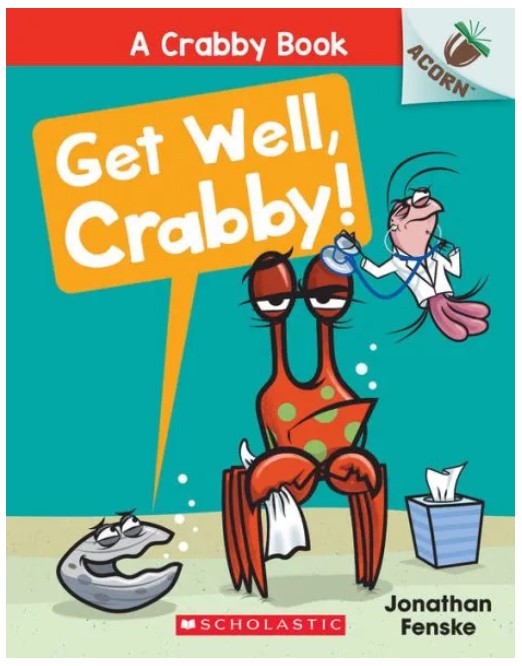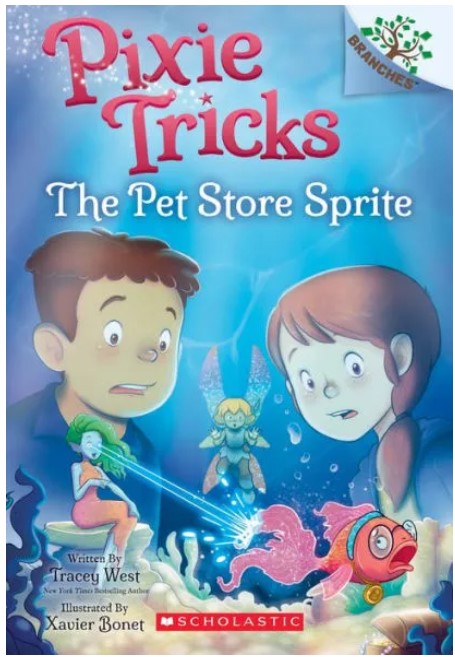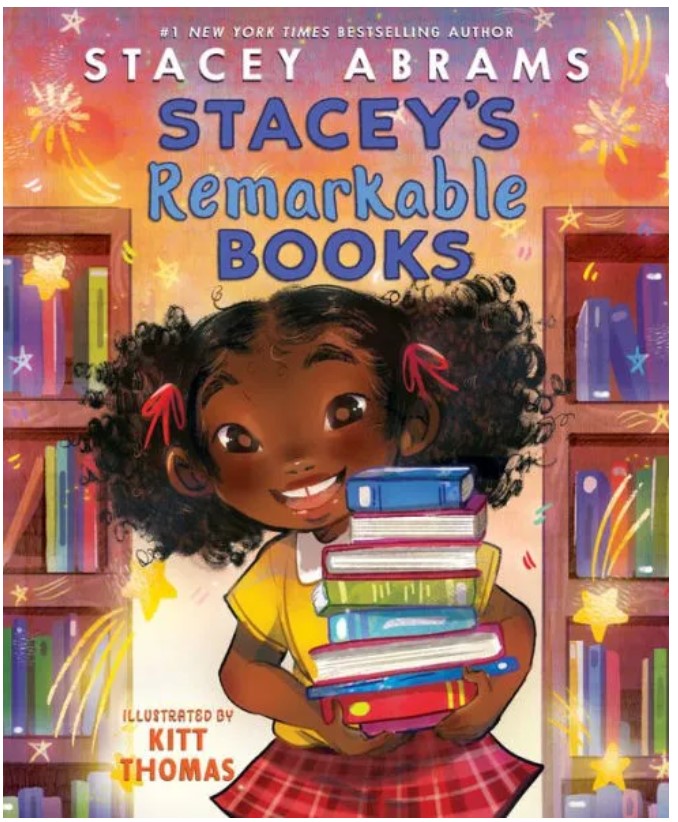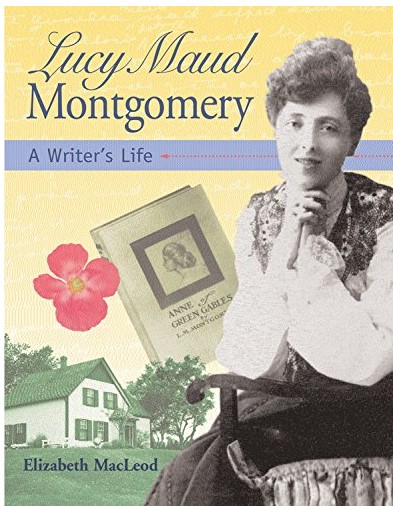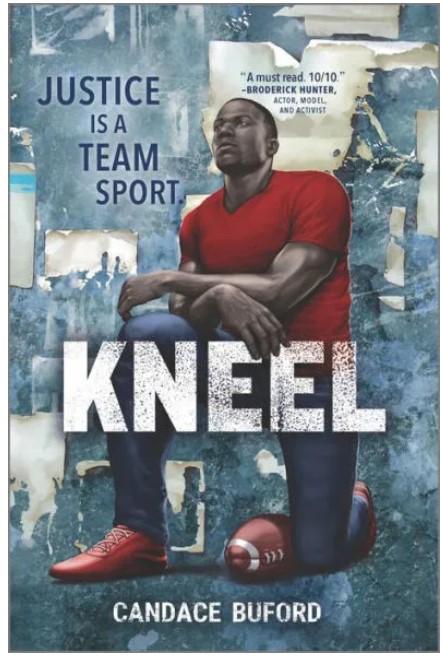From the critically acclaimed author of The Book of Chocolate, The Human Body, and From Here to There, comes an all new nonfiction deep dive into forensic science. What is evidence and how do investigators gather it? How do you determine how long a body has been dead? Do fingerprints differ from person to person? How did some of the world’s great fictional detectives, like Sherlock Holmes, further the study of forensics? Packed with lively photos, classroom activities, and engaging prose, budding private eyes and scientists will be eager to find the answers to these and other questions in HP Newquist’s latest, and to learn about everything from the world’s first autopsy in Ancient Rome to the role that DNA plays in solving crimes along the way.
Scene of the Crime is a fascinating book that takes a deep dive into the science of forensics. From the beginning of time, crime has been a part of the world. This is where Scene of the Crime begins. However, the information is presented in short chapters, making it easy to understand. In addition, the use of illustrations, photography, and other graphic elements break up the oversized text. In order to make the book easier to understand, whole pages are devoted to crime scene vocabulary, and other information such as different eras of society. To engage readers, the book encourages readers to act like a detective by completing activities such as identifying a footprint. The visual elements include illustrations, vocabulary, and activities that will appeal to a large number of readers.
While much of the book discusses murder investigations, it also includes interesting information about the first detective story written by Edgar Allen Poe as well as Sir Arthur Conan Doyle’s fictional character Sherlock Holmes. Readers will be fascinated by how Sherlock Holmes helped shape forensic science. For example, because of Sherlock Holmes, police “attempted to reconstruct the crime based on all evidence.”
Using real crime, Scene of the Crime explains that some crime investigators found ways to process evidence by accident, and other’s used ways to determine guilt and innocence in unconventional ways. For example, Cesare Lombroso was a doctor who believed that “physical features—such as an unusual forehead or large hands—could tell if people were going to be criminals or not.” Readers will recognize many of the scientist mentioned in the book and be surprised at how the scientist helped shape today’s investigations.
When it comes to forensic science, new methods are still being discovered which causes ethical debates. For example, DNA from genealogy websites was used to catch the Golden State Killer. Even though DNA can be used to identify murders, there is debate about the ethical use of DNA. “If we leave our DNA everywhere—including on door handles and tissues—does that mean the police are free to collect it no matter what? Even if we’re not suspected of committing a crime?” Scene of the Crime also leaves the reader with this question: How will artificial intelligence affect how crimes scenes are investigated?
Although Scene of the Crime is fascinating, it is not for the faint of heart. While the deaths are not described in gory detail, victims’ wounds are discussed. This includes a segment on how the body decomposes, which is gruesome and disturbing even though it’s described scientifically. There are also several pictures that show decomposing bodies that are being researched at a body farm—facilities that use corpses to study decomposition of the body. Despite this, anyone who is interested in the law enforcement field should read Scene of the Crime.
Sexual Content
- None
Violence
- Because the book is about solving murders and gives examples of real crime scenes, including the condition of the bodies, not all examples from the book are included below.
- In the 1500s, torture was used to “get suspects to admit to crimes. . . Speaking out against God, not going to church, or practicing witchcraft were considered among the worst crimes one could commit.” This caused the Spanish Inquisition which used “trial by ordeal” to determine guilt or innocence. “For example, one version of the trial by ordeal was known as the ‘drowning of witches.’ The way to find out if a woman was a witch was to tie her up and throw her in the river. . . If she floated, she was guilty.” Several other examples are given.
- When Ceasar died, people wanted to know the cause of death. “Ceasar’s physician examined the ruler’s corpse. . . He made a report. It stated, very succinctly, that ‘Ceasar had been brutally stabbed twenty-three times, but only one of these proved fatal, and that was to his heart.”
- In 1784, a man named Edward Culshaw was murdered. “Someone shot him in the head. . . The doctor who examined Culshaw’s corpse removed the bullet from his head. Along with the bullet, the doctor found something strange. Pressed against the bullet—inside Culshaw’s skull—was a small piece of wadded-up newspaper.” The newspaper helped convict the killer and the killer was “taken away to be hanged.”
- In 1892, two children “had been stabbed in their beds. [Their mother] accused her neighbor Ramon Velasquez. . . The police—using a technique many police departments did at the time—beat Velasquez in the hopes he would confess. He would not.” They locked him in a jail cell with the bloody corpses of the two children overnight.” He still didn’t confess.
- Later, police discovered that the children’s mother, Francisca, killed them. “Francisca had done it because she wanted to be free of the boys in order to marry her new boyfriend, who did not like children.”
- A chapter is dedicated to Jack the Ripper, who killed five women. “The five women had their necks cut by a large knife. The killer then opened one of his victims up, as if preparing them for surgery, and removed their internal organs. These were placed around the victim’s body.”
- One chapter discusses how Al Capone’s gang violence advanced ballistics testing. Capone’s gang and George “Bugs” Moran’s gang were causing havoc in the streets. Then on Valentine’s Day 1929, “seven of Moran’s men were rounded up and taken to a garage. They were lined up against a wall and shot to death by four gunmen who sprayed them with machine-gun bullets.”
- In 1983, “the body of fifteen-year-old Lynda Mann was found raped and strangled in the woods in the rural country. . . There were bodily fluids on her corpse, but no fingerprints.” Three years later another fifteen-year-old was discovered “murdered in a similar fashion.”
- The book explains the crimes of the Golden State Killer who “killed at least thirteen people, sexually assaulted more than fifty women, and committed over a hundred burglaries. He killed men and women, broke into their homes, stole their jewelry, and sometimes paused to eat the food in their kitchen.” DNA was used to find the Golden State Killer and he was sentenced to prison.
Drugs and Alcohol
- Mathieu Orfila “was fascinated by chemistry, especially the chemical mysteries that lurked in poison.” Mathieu wrote several books on poison and how to tell if a dead person was killed by poison. In 1840, Marie Lafarge’s husband died after he became sick. “The Lafarges’ maid told police that she had seen Marie mixing arsenic in Charles’ food. . . It came to light that Marie had bought so much arsenic that the local pharmacist stopped selling it to her.” During the trial, Mathieu Orfila used a test and discovered arsenic was “in the body. Charles had been poisoned to death.”
Language
- None
Supernatural
- In the 1500s, spectral evidence was used. “Witnesses claimed they saw visions of dead people—ghosts. The ghosts helped witnesses identify the criminal.”
Spiritual Content
- None
